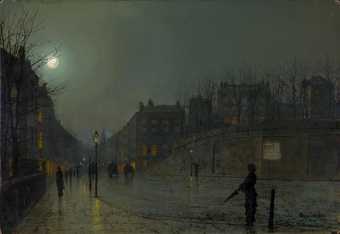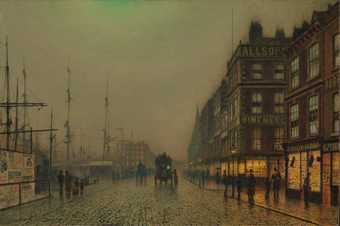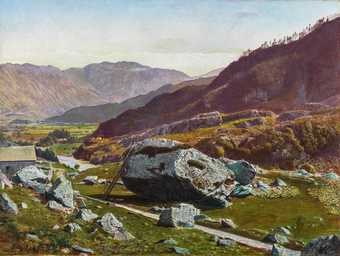Biography
John Atkinson Grimshaw (6 September 1836 – 13 October 1893) was an English Victorian-era artist best known for his nocturnal scenes of urban landscapes. He was called a "remarkable and imaginative painter" by the critic and historian Christopher Wood in Victorian Painting (1999).
Grimshaw's love for realism stemmed from a passion for photography, which would eventually lend itself to the creative process. Though entirely self-taught, he is known to have openly used a camera obscura or lenses to project scenes onto canvas, which made up for his shortcomings as a draughtsman and his imperfect knowledge of perspective. This technique, which Caravaggio and Vermeer were suspected to have also used in secret, was condemned by a number of his contemporaries who believed it demonstrated less skill than painting by eye, with some claiming that his paintings appeared to "show no marks of handling or brushwork", while others "were doubtful whether they could be accepted as paintings at all". However, many recognised his mastery of colour, lighting and shadow, as well as his unique ability to provoke strong emotional responses in the viewer. James McNeill Whistler, whom Grimshaw worked with in his Chelsea studios, stated, "I considered myself the inventor of nocturnes until I saw Grimmy's moonlit pictures."
His early paintings were signed "JAG", "J. A. Grimshaw", or "John Atkinson Grimshaw", though he finally settled on "Atkinson Grimshaw".
This biography is from Wikipedia under an Attribution-ShareAlike Creative Commons License. Spotted a problem? Let us know.
Read full Wikipedia entry



